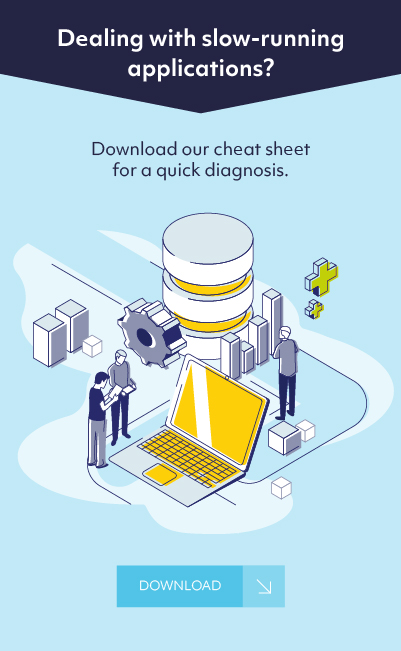For many organizations, database migration is a critical step in modernizing their infrastructure. Unfortunately, hidden costs and risks can derail even the best-planned projects. While cloud data migration offers scalability, cost savings, and efficiency, database professionals must navigate potential pitfalls spanning unexpected licensing fees, unplanned downtime, and significant performance degradation.
This guide outlines database migration best practices to help businesses manage risks, control costs, and ensure a seamless transition. For more information on cloud migrations, explore our extensive cloud services.
Understanding the Hidden Costs of Cloud Data Migration
While organizations budget for cloud migration expenses, unforeseen costs often emerge. These hidden costs may include:
- Licensing and Compliance Fees: Migrating databases to the cloud may require new licensing agreements, compliance audits, and additional costs for advanced security features.
- Performance Degradation and Optimization Costs: Poorly optimized migration plans can lead to performance lags, requiring additional compute resources or tuning post-migration.
- Data Transfer and Storage Fees: Cloud providers charge for data egress, storage, and API calls, which can quickly escalate without proper planning.
- Extended Downtime Costs: Unanticipated downtime during a migration can impact business operations and customer experiences, leading to revenue loss.
- Security and Compliance Adjustments: Ensuring regulatory compliance post-migration may require additional tools and monitoring, adding to overall costs.
Key Data Migration Considerations for Cost Optimization
It is important to develop a robust IT migration strategy to mitigate hidden expenses. Key considerations include:
- Assessing Current and Future Needs: Evaluate database workloads, scalability needs, and long-term cloud adoption goals.
- Choosing the Right Data Migration Approach: Options include lift-and-shift, refactoring, or hybrid migrations. Depending on the needs of your environment and your budget, each approach has different benefits and drawbacks.
- Identifying Data Migration Techniques: Methods such as online migration, batch processing, or real-time replication should align with business continuity needs.
- Budgeting for Post-Migration Optimization: Allocating resources for tuning, monitoring, and cost governance in the cloud environment.
Database Migration Best Practices to Minimize Risks
A structured approach to migration helps to reduce risks and ensure a smooth transition. Following migration best practices can help to mitigate some inherent risk:
- Develop a Comprehensive Migration Plan: Define scope, objectives, timelines, and rollback strategies to prevent unforeseen disruptions.
- Utilize a Reliable Data Migration Tools List: Select the right tools for your environment to support efficient data transfer while maintaining integrity and security.
- Test and Validate Before Full Migration: Running pilot migrations or using a phased approach can help to minimize downtime risks.
- Optimize Workloads Pre-Migration: Cleaning up unused data and indexing before a migration can enhance performance and reduce costs.
- Monitor and Adjust Post-Migration: Continuous monitoring ensures that workloads are optimized, cost-efficient, and compliant with security policies.
Selecting the Right Data Migration Solutions
Choosing the right cloud data migration solutions is critical to success. Organizations should evaluate:
- Cloud-Native Tools: Solutions like AWS Database Migration Service (DMS) or Azure Database Migration Service optimize cloud transitions.
- Third-Party Data Migration Solutions: Tools like Informatica, Talend, and Fivetran provide additional flexibility for complex migrations.
- Automated vs. Manual Approaches: Automating database migration reduces human error and speeds up the process while ensuring data integrity.
- Database Management Services: Partnering with trusted database experts, like our team of experts at Solvaria, can help your organization address potential blind spots in the migration process, and avoid unnecessary risk associated with poorly performed migrations.
A well-executed database migration strategy minimizes hidden costs and ensures a seamless transition to the cloud. By carefully honing your database migration strategy with robust data migration techniques and detailed migration plans, organizations can more easily avoid unexpected expenses and risks. Implementing database migration best practices helps businesses maximize cloud benefits while maintaining performance and security.
By following these guidelines, IT leaders can achieve a cost-effective and risk-mitigated database migration, ultimately driving greater efficiency and scalability in their cloud environments.
